Middle Eastern Food Dishes: Basic Overview
Common Ingredients
Common Cooking Methods
Courses
Meals
Key Taste
Eating Etiquette
Meal Presentation
Culinary Festivals
Influence and Fusion
Middle Eastern Food Dishes: Origin and Region
Cuisine
Cuisine’s Regions
Popular Types of Middle Eastern Dishes
-
Cake and pastries
Middle Eastern cakes and pastries are deeply influenced by the region’s diverse cultures and ingredients.
Unlike their Western counterparts, these delights often incorporate ingredients such as dates, nuts (like pistachios and walnuts), honey, and phyllo dough, offering a range of sweet and savory options.
The use of spices such as cardamom and cinnamon adds a distinctive aroma and flavor.
These pastries, including the famous baklava, are not just desserts but integral to celebrations and hospitality.
-
Desserts
Middle Eastern desserts are a fascinating blend of textures and flavors, often featuring ingredients like rose water, orange blossom water, nuts, and rich dairy products like cream and cheese.
These desserts range from syrup-soaked pastries to delicate puddings and dairy-based sweets, often garnished with pistachios or almonds for added texture and flavor.
-
Vegetarian dishes
The Middle East is a haven for vegetarian cuisine, with a vast array of dishes that celebrate the region’s rich agricultural bounty.
Legumes, grains, vegetables, and fruits form the backbone of many recipes, making them not only flavorful but also nutritious.
Dishes like falafel, hummus, and various stuffed vegetables highlight the use of fresh produce, herbs, and spices.
-
Bread and doughs
Bread is central to Middle Eastern cuisine, with a variety of doughs forming the basis of many staple foods. From the soft, fluffy pita perfect for scooping up dips and salads, to the crispy, thin lavash used in wraps.
Bread is not just a side dish but often the main utensil for eating, showcasing the communal and interactive aspects of Middle Eastern meals.
-
Rice dishes
Rice dishes in the Middle East are a celebration of the region’s ability to turn simple ingredients into lavish feasts. Basmati rice, often perfumed with saffron, cardamom, and other spices.
From the hearty pilafs mixed with meats and vegetables to the luxurious biryanis layered with flavors, these rice dishes are a testament to the culinary artistry of the Middle East.
Middle Eastern dishes are culinary delights from Middle Eastern cuisine, a term that encompasses the Middle East and the Maghreb, blending the tastes and traditions of Western Asia and North Africa.
With influences from Asian specialties and African delicacies, this cuisine stands out for its diverse main dishes, including meats, a plethora of vegetarian options, grains, and legumes, with rice and various breads forming the staple base.
The flavors are rich and complex, marked by the use of aromatic spices like cumin and cardamom, fresh herbs such as mint, and the sweet and tart elements from fruits like pomegranates.
Cooking methods include grilling for a smoky essence, slow-cooking stews to deepen flavors, and baking breads and pastries. A hallmark of Middle Eastern cuisine is its emphasis on freshness, seasonality, and communal dining, with meals often shared family-style.
I’m exploring the wonders of Middle Eastern dishes, diving into their traditional food, worldwide popularity, and health benefits.
I’ll also introduce you to the distinct tastes and influences of Middle Eastern regional foods, guiding you through the top culinary destinations in the region.
Discover the uniqueness of Middle Eastern street food, learn where to enjoy it, its role in celebrations, the etiquette of Middle Eastern dining, and why eating with hands is common in Middle Eastern dining.
Additionally, I’ll compare Middle Eastern cuisine with Mediterranean dishes and offer tips on the perfect food and drink pairings.
41 Popular Middle Eastern Dishes with Filters
Dive into the vibrant world of Middle Eastern cuisine with the best 41 dishes, listed according to how popular they are. Find your next favorite meal by sorting options like ingredients, tastes, cooking techniques, dish categories, and when they’re typically eaten.
Whether you’re into traditional dishes, beloved national meals, creative fusion mixes, street eats, or exotic treats, there’s plenty to excite your taste buds.
Fusion dishes in the Middle East reflect the dynamic and evolving nature of its cuisine, blending traditional flavors with influences from around the world.
Kebab
- National
- Street Food
- Traditional
Kebab, encompassing a wide range of grilled meat dishes, is integral to Middle Eastern cuisine. This term generally refers to meat that is skewered and then grilled, though variations abound.
Kebabs are known for their rich marination and the smoky flavor imparted by the grilling process. They can be made from various types of meat, including lamb, beef, chicken, and in some regions, fish or seafood.
The dish has numerous variations, such as the Turkish shish kebab, where pieces of marinated meat are skewered and grilled, and the doner kebab, meat cooked on a vertical rotisserie.
Popular across the Middle East, kebabs have also gained immense popularity worldwide, especially in Western countries, where they are often enjoyed as street food or in restaurants specializing in Middle Eastern cuisine.
Hummus
- Street Food
- Traditional
Hummus is a creamy, savory spread or dip made from mashed chickpeas blended with tahini (sesame paste), lemon juice, and garlic. It is often garnished with olive oil, a sprinkle of paprika, and whole chickpeas.
Originating from the Middle East, hummus is a traditional dish widely enjoyed in Levantine and Egyptian cuisines. It is commonly served with pita bread or fresh vegetables and is a staple in meze platters.
Hummus has gained international popularity, particularly as a healthy snack or appetizer, and is enjoyed in various forms across the globe, including in North America and Europe.
Falafel
- Fusion
- National
- Street Food
- Traditional
Falafel consists of deep-fried balls or patties made from ground chickpeas or fava beans, or a combination of both.
This traditional Middle Eastern food is often seasoned with herbs and spices and served in pita bread or wrapped in flatbread, accompanied by salads, pickled vegetables, hot sauce, and tahini-based sauces.
Falafel is a popular street food in many Middle Eastern countries, including Egypt, where it is primarily made from fava beans, and in Levantine countries, where chickpeas are more commonly used.
It is celebrated for its versatility and is a favored choice among vegetarians and vegans worldwide. Falafel has also become a symbol of national identity and cultural significance in regions like Israel and Palestine.
Shawarma
- Street Food
- Traditional
Shawarma, also known as shawurma or shoarma, is a Middle Eastern dish that consists of thinly sliced cuts of meat, like chicken, beef, lamb, or turkey, stacked in a cone-like shape and roasted on a slowly-turning vertical rotisserie.
Traditionally, it is served as a wrap or sandwich in pita bread with vegetables, pickles, and various sauces. Shawarma is a popular street food across the Middle East and has gained popularity worldwide, especially in areas with large Middle Eastern diasporas.
Baklava
- National
- Traditional
Baklava is a rich, sweet pastry made of layers of filo filled with chopped nuts and sweetened with syrup or honey. It is a traditional dessert in Middle Eastern cuisine and has numerous variations across countries, including pistachio, walnut, and almond baklavas.
Baklava is particularly popular in Turkey, Greece, and throughout the Middle East and the Balkans. It is often associated with celebrations and festive occasions, such as Eid and weddings in various cultures.
Pita
- Street Food
- Traditional
Pita, alternatively spelled as pitta in British English, is a staple of Middle Eastern and Eastern Mediterranean cuisines, known for its pocket-like structure that forms during baking.
This yeast-leavened round flatbread is made from wheat flour and is baked at high temperatures, causing the dough to puff up and create a pocket in the center.
Pita is versatile and can be used to scoop up dips such as hummus, to wrap various fillings like kebabs and gyros, or can be cut into wedges and baked into crispy chips.
It is popular not only in its regions of origin but has also gained popularity worldwide, particularly in Western countries where it is often used as a healthier alternative to traditional sandwich bread, for example: the US, Canada, Germany, UK, Australia, and New Zealand.
Couscous
- National
- Street Food
- Traditional
Couscous, a traditional North African dish, has become a staple in Middle Eastern cuisine as well. Made from small steamed granules of semolina, couscous is often accompanied by a stew spooned over it.
While it is a fundamental element in the Maghrebi cuisines of Algeria, Tunisia, Mauritania, Morocco, and Libya, couscous has also been integrated into Middle Eastern culinary practices.
Recognized for its cultural significance, couscous was added to UNESCO’s Intangible Cultural Heritage list in 2020.
The dish’s versatility is evident in its various regional variations and its ability to pair with a wide range of stews and vegetables, making it a beloved dish in Middle Eastern and global cuisines alike.
Moussaka
- Fusion
- National
- Traditional
Moussaka is a renowned dish in the Eastern Mediterranean and the Balkans, particularly popular in Greece and Turkey, with numerous local variations.
The dish is typically made with layers of eggplant or potatoes, minced meat (often lamb), and topped with a creamy béchamel sauce, then baked to perfection.
The Greek version of moussaka, which is perhaps the most well-known, was popularized in the 1920s by chef Nikolaos Tselementes.
This version layers sautéed eggplant with a spiced meat filling and is crowned with a rich béchamel sauce, making it a beloved comfort food served in homes and restaurants throughout Greece and beyond.
Moussaka variations can also include other vegetables like zucchini or mushrooms, and there are even vegetarian versions that substitute the meat for lentils or other hearty vegetables.
Tajine
- Street Food
- Traditional
Tajine, also known as tagine, is a traditional North African dish that is both a type of stew and the name of the earthenware pot it is cooked in. This dish is a hallmark of Maghrebi cuisine, particularly popular in Algeria, Libya, Morocco, and Tunisia.
Tajines are known for their slow-cooked, savory stews, which often include sliced meat, poultry, or fish. Vegetables or fruits are other important ingredients, including tomatoes, carrots, potatoes, olives, apricots, and prunes (dried plums).
The cooking process is unique due to the conical shape of the tajine pot, which circulates steam and helps tenderize the ingredients with minimal water. Spices such as ginger, cumin, turmeric, cinnamon, and saffron are commonly used, creating a rich blend of flavors.
Tajines are typically served with bread and are celebrated for their decorative pots, which can also be used as serving dishes.
This dish is enjoyed not only in its countries of origin but has also gained popularity in parts of Europe and the Americas.
Koshary
- National
- Street Food
- Traditional
Koshary, also known as koshari or Kushari, is a popular Egyptian dish that combines Italian, Indian, and Middle Eastern culinary elements.
It is a street food staple that consists of a base of rice, macaroni, and lentils mixed together, topped with a spicy tomato sauce and garnished with chickpeas and crispy fried onions. A sprinkling of garlic vinegar and hot sauce is often added to taste.
Kushari is celebrated for its diverse textures and flavors, embodying the fusion nature of Egyptian cuisine.
It is widely available in restaurants and street food stalls throughout Egypt and has gained popularity in various parts of the Middle East and beyond, appreciated for its comforting and satisfying nature.
Dolma
- National
- Traditional
Dolma refers to a family of stuffed dishes that are part of the culinary traditions of the Ottoman Empire’s former regions, including the Middle East, the Balkans, and the Caucasus.
The term “dolma” can apply to vegetables stuffed with a filling of rice, meat, or both, often seasoned with herbs and spices. Ideal vegetables include bell peppers, tomatoes, zucchini, and eggplants.
There is another popular variation that involves wrapping grape or cabbage leaves around a rice-based filling. It is known as “sarma.”
Dolma is served both hot and cold and can be a main dish, side dish, or appetizer. It’s popular in countries like Turkey, Greece, Armenia, and Iran, among others.
Dolma is often associated with festive occasions and family gatherings, highlighting its cultural significance across different regions.
Tabouleh
- Traditional
Tabbouleh is a Levantine vegetarian salad known for its refreshing mix of finely chopped parsley, mint, tomatoes, and onions, with bulgur acting as a subtle, grainy base. It’s dressed in a simple mixture of olive oil and lemon juice, which highlights the fresh flavors of the salad.
The salad’s origins are traced back to the mountains of Lebanon and Syria, and it has become a beloved dish in many countries around the world, especially within Middle Eastern and Mediterranean cuisines.
Tabbouleh is a key component of the mezze, a selection of small dishes served in the Eastern Mediterranean.
Variations might include different herbs, grains, or additional ingredients, but the essence of tabbouleh lies in its fresh, herbaceous character.
Fattoush
- Traditional
Fattoush is a vibrant Levantine salad that combines crispy pieces of toasted or fried khubz (Arabic flatbread) with a mix of fresh greens and other vegetables like radishes and tomatoes.
This dish is known for its refreshing and tangy flavor, often enhanced with sumac and sometimes pomegranate molasses. Fattoush is part of the fattat family of dishes, which are characterized by the use of stale bread as a base.
It’s a popular choice in the Levant, served commonly as an appetizer or a light meal, especially during the warmer months.
Lahmacun
- Street Food
Lahmacun, also known as lahmajoun or lahm b’ajin, is a traditional dish originating from the Levant region, particularly popular in countries like Lebanon, Syria, Turkey, and Armenia.
It consists of a thin, round piece of dough topped with minced meat (commonly beef or lamb), minced vegetables, and herbs including onions, garlic, tomatoes, red peppers, and parsley, all seasoned with spices such as chili pepper and paprika.
Lahmacun is typically baked and often served with a squeeze of lemon juice, rolled up with fresh vegetables like parsley, tomatoes, and onions. Despite its resemblance to pizza due to its shape and basic components, lahmacun is distinct in its lack of cheese and its thinner crust.
Samosa
- Fusion
- National
- Street Food
- Traditional
Samosa (or samboosa) is a popular savory pastry that originated in the Middle East and Central Asia and has become a beloved snack in South Asia, the Middle East, and beyond.
Traditionally, it is made by filling a thin pastry with a mixture of spiced potatoes, onions, peas, and sometimes meat or fish, then deep-frying it to achieve a crispy texture. Samosas are known for their distinctive triangular, cone, or half-moon shapes, varying by region.
They are commonly served with chutney and have become a staple appetizer, entrée, or snack in various cuisines.
The versatility of samosas is evident in their numerous variations, including vegetarian and sweet versions, making them a versatile dish enjoyed in many countries around the world.
Manti
- Traditional
Manti, also known as mantu, manta, or mantı, are small dumplings popular in various cuisines, including Turkish, Central Asian, and Middle Eastern. The dish typically consists of a spiced meat mixture, usually lamb or ground beef, encased in a thin dough and then steamed or boiled.
Manti are known for their bite-sized shape and are often served with a yogurt or tomato-based sauce, garnished with spices like sumac or red pepper. Variations of manti can be found across different regions, with some incorporating pumpkin, potato, or different types of meat.
This dish is enjoyed in countries beyond its origins, such as in Russia and other post-Soviet states, due to historical migrations and cultural exchanges.
Börek
- Street Food
- Traditional
Börek, also known as burek, bourekas, and other variations, is a type of savory pie that is a traditional food in the cuisines of the Middle East, the Balkans, and the countries that were part of the Ottoman Empire.
It is made from thin, flaky dough such as filo and is filled with a variety of ingredients including meat, cheese, spinach, or potatoes. It is often baked, but some versions are fried, and it may be garnished with sesame or nigella seeds.
Börek can be prepared in a large pan and cut into portions or made as individual pastries. Börek is enjoyed in various forms across many countries, including Turkey, Greece, and across the Balkans and the Middle East.
It is sometimes associated with special occasions and celebrations, particularly within Sephardic Jewish traditions where it is customary to have bourekas for Shabbat breakfast.
Pilaf
- National
- Traditional
Pilaf, also known as polao, pulao, or pilau, is a cherished dish where rice is cooked in a seasoned broth, often enriched with spices, and may include meat, vegetables, or dried fruits, such as raisins, dates, apricots, and figs.
This culinary delight is known for its grains that are cooked to a point where they stand separate from each other, avoiding mushiness.
Originating from the vast territories stretching from India to Spain during the Abbasid Caliphate era, pilaf has become a staple in various cuisines including Middle Eastern, Central Asian, South Asian, and Eastern European.
Its variations, such as the Spanish paella and South Asian biryani, showcase the dish’s adaptability to local tastes and ingredients. Pilaf is celebrated in numerous countries, with each region adding its unique twist, making it a global favorite.
Halvah
- Traditional
Halvah, also spelled halva, halwa, and other variations, is a dense, sweet confection originating from the Middle East and also widely enjoyed across South Asia, Central Asia, the Balkans, the Caucasus, North Africa, and the Horn of Africa.
The term “halvah” broadly refers to various local and regional confections, which can be grain-based, made from semolina or flour; nut butter-based, primarily from sesame tahini; or made from other ingredients like sunflower seeds.
The texture and ingredients of halvah can vary significantly, from crumbly or fluffy to dense and gelatinous, often flavored with elements like rosewater, saffron, or cardamom, and sometimes mixed with nuts or chocolate.
Halvah is a versatile dessert that can be found in numerous cultural celebrations and religious observances around the world.
Shakshouka
- National
- Traditional
Shakshouka, or shakshuka is a savory dish featuring eggs poached in a vibrant sauce of tomatoes, onions, peppers, and a mix of spices like cumin and paprika.
Believed to have originated in North Africa, shakshuka has become a staple in Middle Eastern cuisines, particularly in countries like Israel, Libya, Algeria, and Egypt.
It’s enjoyed as a hearty breakfast or a comforting dinner, often accompanied by bread for dipping. Variations of shakshuka may include ingredients like feta cheese, chorizo, or leafy greens, adapting the dish to local tastes or dietary preferences.
Knafeh
- Street Food
- Traditional
Knafeh, also known as Kunafeh, Kanafeh, and other variations, is a sweet cheese pastry soaked in a sugar-based syrup.
It is made from a thin noodle-like pastry or semolina dough and typically layered with cheese or other sweet fillings like cream. Knafeh is often garnished with crushed pistachios and served warm.
This dessert has variations across the Middle East, with notable ones including Knafeh Nabulsi from Palestine, which uses a white brine cheese and orange food coloring, and Knafeh Bil Ashta from Lebanon, which includes clotted cream.
Knafeh is popular in countries throughout the Middle East, as well as in Greece and Turkey, and has become a beloved treat in regions with significant Middle Eastern diasporas. It is often associated with festive occasions and celebrations, particularly during Ramadan and at weddings.
Mansaf
- National
- Traditional
Mansaf is a traditional Jordanian dish that holds the title of the national dish of Jordan. It’s a hearty meal consisting of lamb cooked in a sauce made from jameed, a type of fermented dried yogurt, and served over a bed of rice or bulgur, often accompanied by shrak bread.
Mansaf is celebrated for its unique preparation and presentation, typically garnished with almonds and pine nuts.
This dish is deeply rooted in Jordanian culture and is often served during significant occasions such as weddings, births, and national holidays, symbolizing hospitality and honor.
Mansaf is also enjoyed in other parts of the Levant and the Arabian Peninsula.
Baba Ghanoush
- Traditional
Baba ghanoush is a traditional Levantine appetizer made from roasted eggplant blended with tahini, olive oil, lemon juice, and various seasonings. This dish is known for its creamy texture and smoky flavor, achieved by grilling the eggplant over an open flame.
Baba ghanoush is commonly served as a dip with pita bread and is a staple in meze platters across the Middle East, particularly in countries like Lebanon, Syria, Jordan, and Israel.
Variations of the dish include the addition of garlic or onions, and it is sometimes confused with or compared to Mutabbal, which includes more spices.
Manakish
- Traditional
Manakish, also known as Manaqish, Manaeesh, or Man’ousheh, is a popular Levantine flatbread that is often topped with za’atar, cheese, or ground meat. This dish is traditionally consumed for breakfast or lunch and can be served open-faced or folded.
Fingertips typically press the dough to create small dips for the toppings, a technique that gives Manakish its distinctive texture. Manakish is widely enjoyed across the Levant and has gained popularity in regions with significant Levantine diaspora.
In 2023, Manakish was recognized by UNESCO as an emblematic culinary practice in Lebanon, highlighting its cultural significance.
Kibbeh
- National
- Street Food
- Traditional
Kibbeh, also known as kubba and various other spellings, is a traditional dish made from finely ground meat, bulgur wheat, and Levantine spices. It is considered a national dish in countries like Lebanon and Syria but is widely popular across the Middle East.
Kibbeh can be prepared in several ways, including fried into torpedo-shaped croquettes, baked in layers, or served raw as Kibbeh Nayyeh. Famous variations include Kibbeh Bil Sanieh (baked kibbeh) and Kibbeh Labanieh (kibbeh in yogurt sauce).
This dish is enjoyed in various forms in countries beyond the Middle East, such as in Brazil and Colombia, where it has been adapted to local tastes.
Kofta
- Traditional
Kofta is a versatile dish found in Middle Eastern, Balkan, South Asian, and Central Asian cuisines, comprising minced meat shaped into balls or loaves and mixed with spices and sometimes other ingredients like rice or eggs.
The meat used can vary widely, including beef, lamb, chicken, or fish, and kofta can be cooked in several ways, such as grilled, fried, or baked. Kofta has numerous regional variations, reflecting local tastes and ingredients.
In some cultures, kofta is also made with vegetables or fish, offering a wide range of flavors and textures. This dish is enjoyed in various forms across many countries, making it a beloved feature of communal meals and celebrations.
Ful Medames
- National
- Traditional
Ful Medames is a traditional dish often considered the national dish of Egypt, made primarily from fava beans. Cooked and mashed, these beans are typically seasoned with olive oil, cumin, and other ingredients like garlic, onion, lemon juice, and herbs, creating a rich, hearty stew.
Ful Medames is a staple in the Egyptian diet, commonly enjoyed for breakfast and is popular across the Middle East and parts of Africa. It’s often served with a side of bread and various accompaniments such as boiled eggs, vegetables, or pickled foods.
Harira
- Traditional
Harira is a traditional North African soup known for its rich and hearty nature, primarily prepared in Morocco and Algeria. The soup is a blend of tomatoes, lentils, chickpeas, onions, rice, and meat, which can be beef, lamb, or chicken, all simmered together with a mix of fragrant spices.
While Algerian harira may omit lentils, the Moroccan version typically includes them. Harira is a versatile dish, often served as a starter but also enjoyed as a standalone light meal.
It is particularly prominent during Ramadan, where it is a staple for breaking the fast, but its comforting qualities make it a year-round favorite.
The soup is sometimes enhanced with lemon juice and an egg to brighten its flavors, and it holds a special place in both Muslim and Jewish traditions for breaking fasts during Ramadan and Yom Kippur, respectively.
Harees
- National
- Traditional
Harees, also known as Harisa or Jareesh in some regions, is a traditional dish of the Middle East, particularly popular in the Gulf countries, Iraq, and Levant. It is made from wheat mixed with meat, usually chicken or lamb, and cooked to a porridge-like consistency.
The dish is seasoned with local spices and sometimes garnished with cinnamon or clarified butter. Harees is known for its simplicity and hearty nature, making it a staple during the month of Ramadan and at festive occasions such as weddings and Eid celebrations.
In some countries, Harees are prepared in large quantities and distributed to the community, symbolizing sharing and generosity.
Qatayef
- Fusion
- Street Food
- Traditional
Qatayef is a sweet dumpling or folded pancake, commonly filled with cream or a mixture of nuts such as hazelnuts, walnuts, almonds, and pistachios, often sweetened with powdered sugar and cinnamon.
Originating from the Arab world, Qatayef is especially popular during the month of Ramadan. The dish is believed to have Fatimid origins, with historical references dating back to the Abbasid Caliphate.
Traditionally, Qatayef is prepared by street vendors and households alike, particularly in Egypt and the Levant. The batter, similar to that of pancakes, is cooked on one side, filled, and then folded. It can be served fried or baked, often accompanied by sweet syrup or honey.
Sfiha
- Street Food
- Traditional
Sfiha, also known as “Lahmajoun” in some regions, is an open-faced meat pie that originates from the Levant.
It consists of a thin dough topped with a mixture of minced meat, typically lamb or beef, combined with tomatoes, onions, and a variety of spices, including cumin, paprika, and cinnamon.
Sfiha is traditionally baked in a wood-fired oven, which gives it a distinctive flavor and crispy texture. This dish is popular as a snack or appetizer and is widely consumed in countries across the Middle East, including Lebanon, Syria, and Palestine.
Sfiha can also be found in Brazil, where Levantine immigrants introduced it and has become a beloved part of the local cuisine.
Kadayıf
- Traditional
Kadayıf is a traditional Middle Eastern dessert with several varieties such as tel kadayıf, yassı kadayıf, and ekmek kadayıf. The dessert is made by drizzling a liquid wheat dough onto a hot plate and then baking or frying it with sweeteners.
Kadayıf can be used as a base for puddings or prepared as noodles. It is known for its velvet-like texture and is sometimes referred to as kunafa in Arabic, which is a similar dessert stuffed with cheese.
Kadayıf is particularly popular during the month of Ramadan and is enjoyed in various forms across the Middle East, including a version known as Taş kadayıf in Turkey, which is a sweet dumpling filled with walnuts.
As a matter of fact, Adana Taş Kadayıf was recognized with a geographical indication in 2021.
Ma’amoul
- Fusion
- Traditional
Ma’amoul are traditional butter cookies filled with a sweet paste made from dates, pistachios, or walnuts. These cookies are a staple in Middle Eastern cuisine and are particularly popular in the Arab world.
Ma’amoul are known for their delicate texture and are often shaped into balls or flattened cookies, sometimes decorated by hand or using special wooden molds.
These treats are commonly prepared for religious holidays such as Easter, Purim, and Eid, making them a significant part of festive celebrations.
While ma’amoul are enjoyed year-round, they hold a special place during these holidays, often served alongside Arabic coffee and chocolate to guests.
Kabsa
- National
- Traditional
Kabsa, also known as makbūs, is a traditional national dish prevalent in Saudi Arabia and across the Middle East.
It consists of rice cooked with a mix of spices, vegetables, and meat like chicken, lamb, or fish, characterized by its rich flavors from spices such as cardamom, saffron, and cinnamon.
While Kabsa is particularly celebrated in Middle Eastern countries, it has also found popularity in European nations through Middle Eastern diaspora communities and cuisine-focused restaurants.
It is a central dish in family gatherings and significant celebrations, especially during religious festivals like Eid al-Fitr and Eid al-Adha, symbolizing communal unity and joy.
Om Ali
- Traditional
Om ali, also known as umm ali or oumm ali, meaning “Mother of Ali,” is a traditional Egyptian dessert that holds the title of a national dish in Egypt. This comforting dessert is made from pastry mixed with milk, cream, nuts, and sometimes dried fruits, then baked until golden.
It’s often flavored with cinnamon and can be enjoyed both hot and cold. Om Ali has a storied history, with legends tracing its origins back to the Mamluk era. It is particularly popular during Ramadan and is a staple at iftar meals, celebrating the breaking of the fast.
Kibbeh Nayyeh
- Exotic
- Traditional
Kibbeh nayyeh is a traditional Levantine dish made from finely minced raw lamb or beef mixed with bulgur wheat and spices. Often considered a delicacy, it is typically seasoned with herbs and served with olive oil, mint leaves, and sometimes onions.
Kibbeh nayyeh is commonly enjoyed as a mezze, or appetizer, and is especially popular in countries like Lebanon, Syria, and Palestine. It is often accompanied by pita bread, which is used to scoop up the mixture.
Due to its raw nature, kibbeh nayyeh is prepared with great care to ensure the meat is fresh and of high quality.
Fasolada
- National
- Traditional
Fasolada, also known as fasoulada or fasoulia, is a traditional Greek, Mediterranean, and Cypriot soup made primarily from dry white beans, olive oil, and a variety of vegetables such as carrots, onions, parsley, celery, and tomatoes.
Often referred to as the “national food of the Greeks,” this hearty and healthy dish is a staple in Greek cuisine and is typically seasoned with herbs like thyme and bay leaf.
Fasolada is part of a family of similar bean-based soups found in the broader Mediterranean region, including the Italian fagiolata and the Middle Eastern fasoulia.
Sayadieh
- Traditional
Sayadieh is a Lebanese dish that combines seasoned fish with rice, characterized by the use of spices like cumin and a special spice mix known as baharat, which may include caraway, cinnamon, cumin, and coriander.
Originating from the coastal regions of Lebanon, Sayadieh has become a beloved meal throughout the Middle East. The dish is known for its rich flavor, achieved through caramelized onions that also lend the rice its distinctive color.
Preferred fish for Sayadieh are firm, white varieties such as cod or haddock. The dish is often garnished with slivered almonds, toasted pine nuts, and additional fried onions, enhancing its texture and flavor profile.
Asida
- Traditional
Asida is a traditional dish that is widely enjoyed across the Arab world, particularly in countries like Sudan, Libya, Algeria, and Tunisia. It consists of a soft, doughy lump made by mixing wheat flour into boiling water, sometimes enriched with butter or honey.
Asida is similar in texture to fufu and is often served during significant religious holidays such as Mawlid and Eid, as well as during special occasions like the birth of a child.
This dish is known for its simplicity and is typically enjoyed without the need for additional side dishes, making it a standalone meal often consumed for breakfast or by women in labor.
Usban
- Traditional
Usban, also known as osban, is a traditional sausage-like dish found in North African cuisine, particularly within Algeria, Tunisia, and Libya.
It consists of a hearty stuffing made from a mixture of rice, herbs, lamb, and chopped liver and heart, all encased in sheep intestines or commercial sausage casings.
Usban is often served as a side dish to complement main meals like rice or couscous, especially during special occasions.
The dish is known for its rich blend of spices, including cayenne pepper, black pepper, turmeric, and cinnamon, along with herbs like dried mint, parsley, and dill.
The preparation of usban involves stuffing the mixture into casings, cooking it in a pot, and then browning it in a frying pan or oven.
Bichak
- Traditional
Bichak is a versatile pastry that can be either baked or fried, commonly found in Central Asian and Middle Eastern cuisines, including Uzbek, Tajik, Afghan, and notably Moroccan culinary traditions.
This pastry comes in various shapes such as round, triangle, or quadrangle and is akin to a turnover. Bichak is often enjoyed as an appetizer or a snack, typically during tea or coffee hours.
It can be filled with a range of ingredients, from sweet fillings like pumpkin, jam, and veggies to savory options like meat and cheese.
Bichak is particularly traditional for celebrations like Rosh Hashanah and Sukkot, where versions stuffed with pumpkin or cheese are popular, especially when served with yogurt or sour cream for kosher dairy meals.
List of Middle Eastern Dishes by Country
What Are the Characteristics of Middle Eastern Dishes by Regions?
Middle Eastern dishes are rich and diverse, with each region bringing its own unique flavors and traditions to the table. Here’s a summary of the characteristics of Middle Eastern dishes by regions:
These regional differences highlight the various influences that mold Middle Eastern cuisine.
What Influences Shape Middle Eastern Dishes?
Middle Eastern cuisine is a reflection of its complex heritage, influenced by various factors from agriculture to imperial legacies.
Such influences lead to debates about which countries offer the most exemplary Middle Eastern cuisine.
Which Middle Eastern Countries Have the Best Food?
Here’s an overview highlighting the notable dishes and their corresponding Middle Eastern countries:
Among these locations, many countries are famous for their street food.
What Are the Key Features Of Middle Eastern Street Food?
Here are some key features of Middle Eastern street food:
These qualities make some countries stand out as hotspots for street food enthusiasts.
Which Middle Eastern Countries Are Most Renowned for Street Food?
Here’s a concise overview of some Middle Eastern countries that are known for street food:
This rich street food tradition reflects the broader role of Middle Eastern dishes in celebrations, highlighting their cultural significance.
How Do Middle Eastern Dishes Play A Role in Celebrations?
Middle Eastern dishes play a significant role in celebrations through their rich flavors, diverse ingredients, and the traditions they embody.
This communal aspect underscores the importance of understanding Middle Eastern dining etiquette to fully appreciate the cultural experience.
What Is Middle Eastern Dining Etiquette?
Middle Eastern dining etiquette emphasizes respect for cultural and religious practices. Here are the key points to remember:
Why Is Eating With Hands Common in The Middle East?
Eating with hands in the Middle East is rooted in tradition, religious practices, and perceived health benefits:
Understanding this etiquette provides a foundation for exploring the nuances between Middle Eastern and Mediterranean dishes, and appreciating their unique qualities.
What Are the Differences Between Middle Eastern and Mediterranean Dishes?
Middle Eastern and Mediterranean cuisines, while often lumped together, exhibit distinct characteristics shaped by their unique cultural, geographical, and historical contexts.
Middle Eastern Dishes
Mediterranean Dishes
In summary, Middle Eastern dishes are marked by its rich, aromatic flavors and diverse influences, while culinary creations from Mediterranean are characterized by its fresh, simple, and healthful approach to cooking, with a strong emphasis on vegetables, grains, and seafood.
Next, let’s uncover the beverages that best complement Middle Eastern dishes, enhancing the overall dining experience.
Which Beverages Best Complement Middle Eastern Dishes?
Here are some beverages that best complement Middle Eastern dishes:
These beverages from the Middle East, each with their unique qualities, enhance the rich and diverse flavors of the cuisine, making the dining experience more enjoyable and complete.
I hope you enjoyed this culinary journey through the Middle East as much as I did guiding you. Like, share, and comment to join the conversation and celebrate the rich tastes of the Middle East!




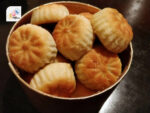


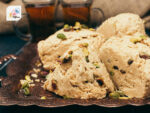
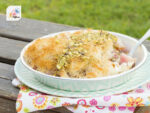

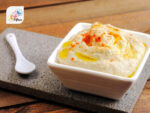
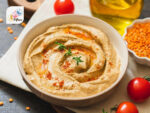
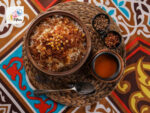
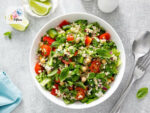
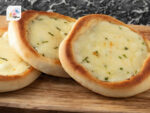
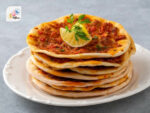
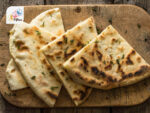

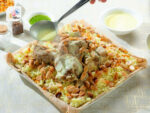
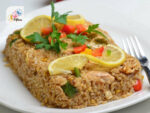
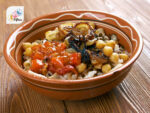
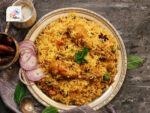
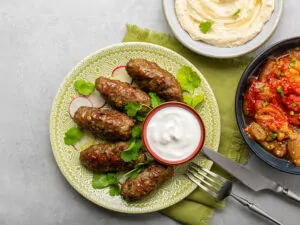
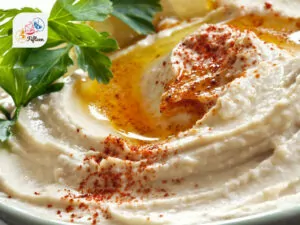
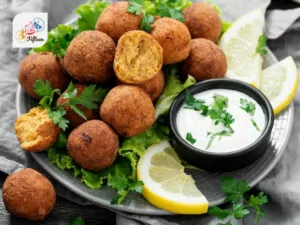
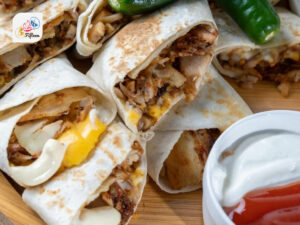
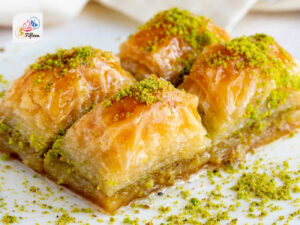
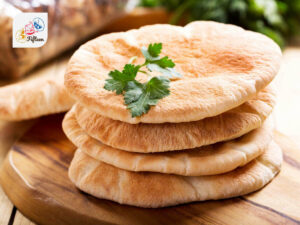
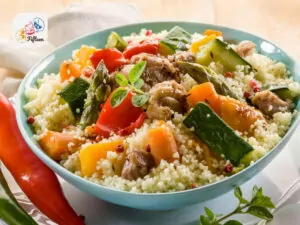
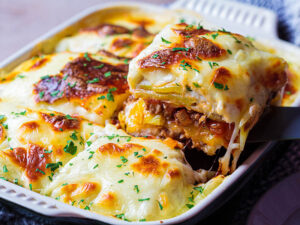
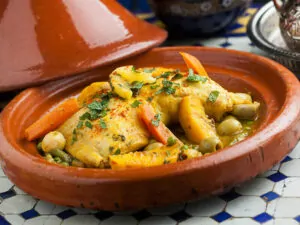
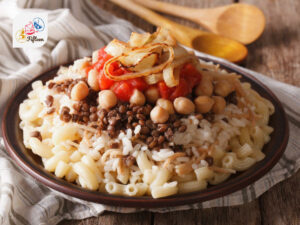
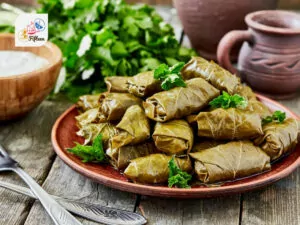
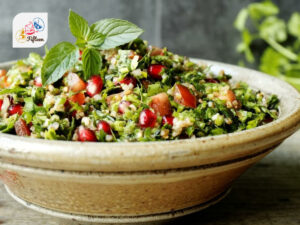
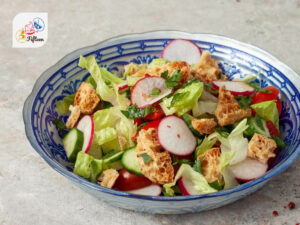
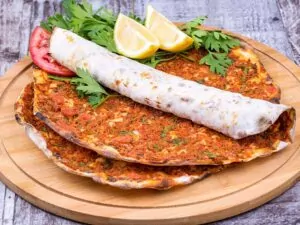
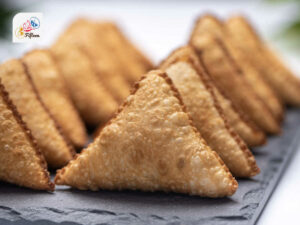
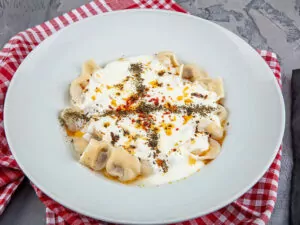
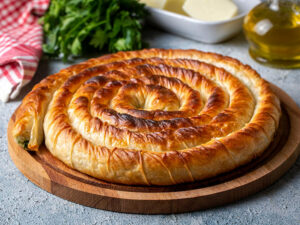
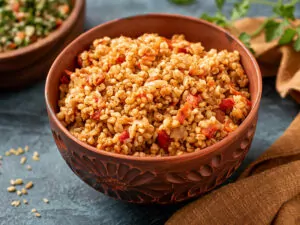
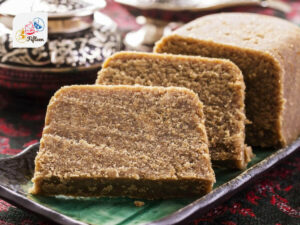
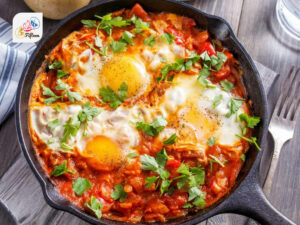

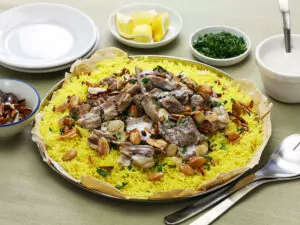
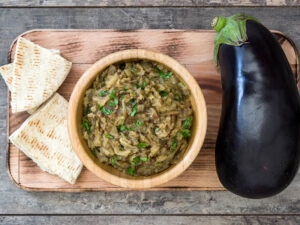

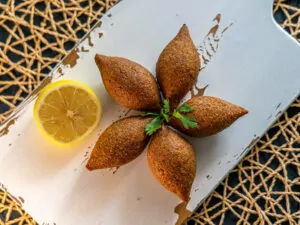
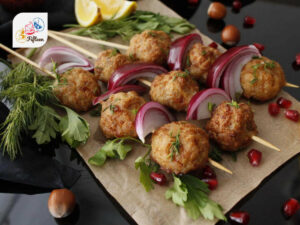
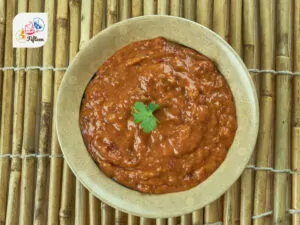
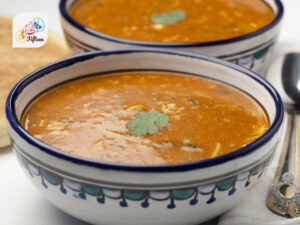
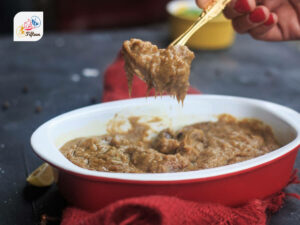
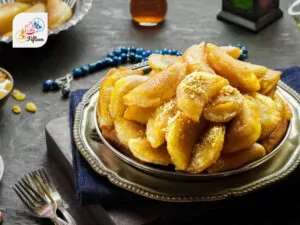
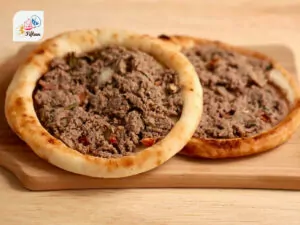
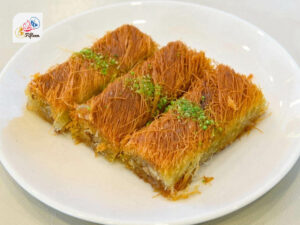
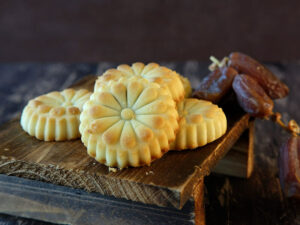
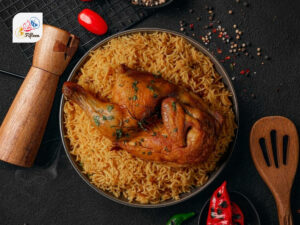
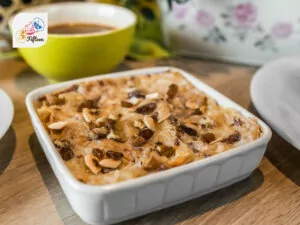
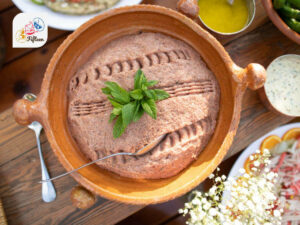
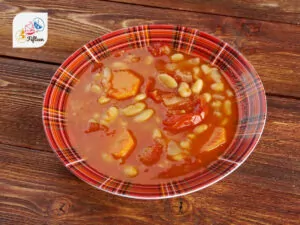
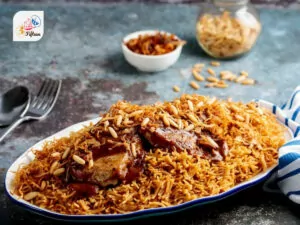
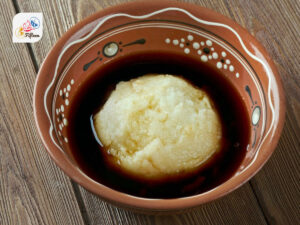
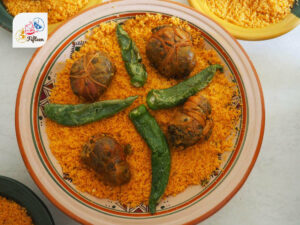
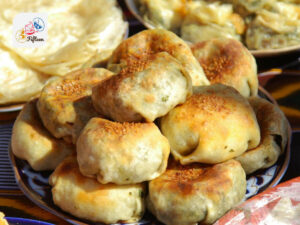
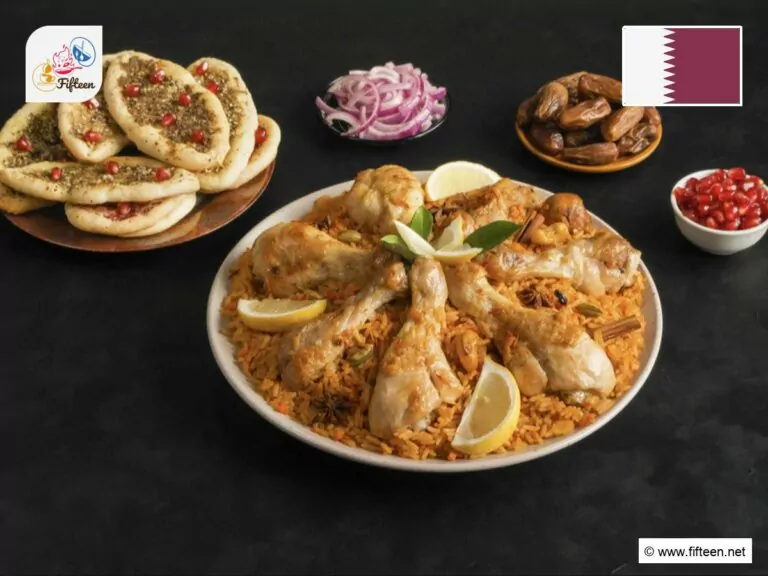
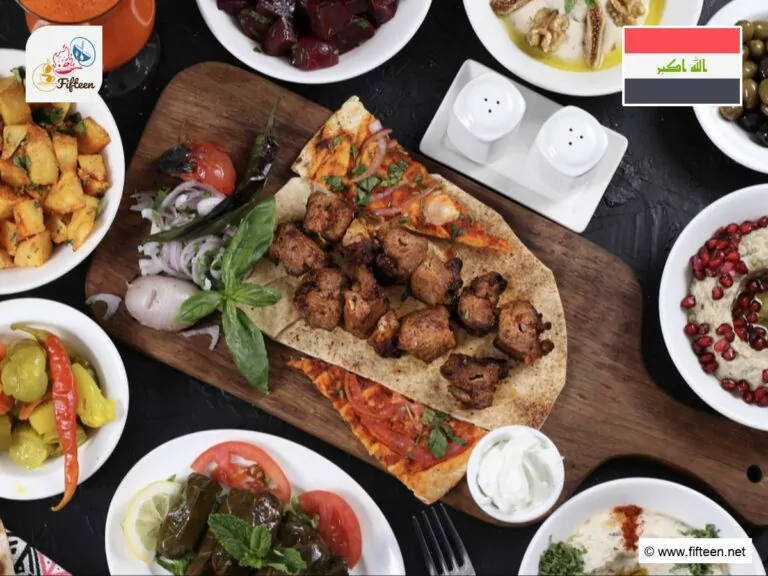
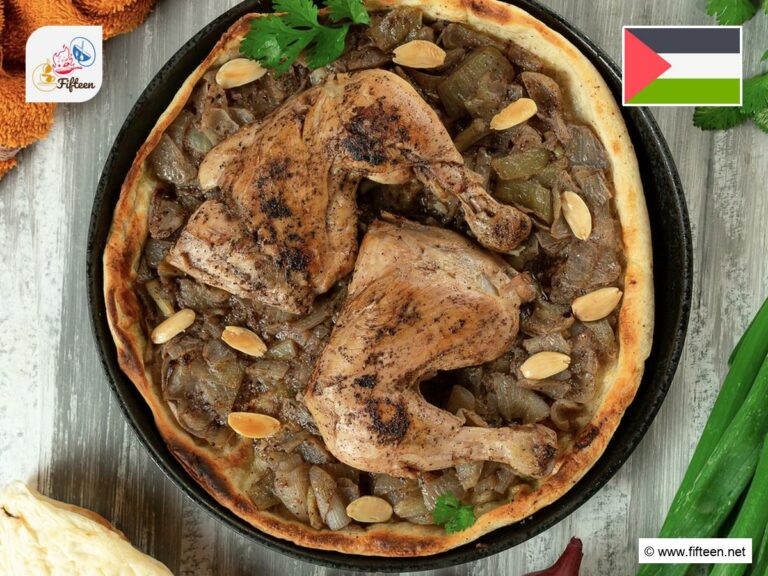
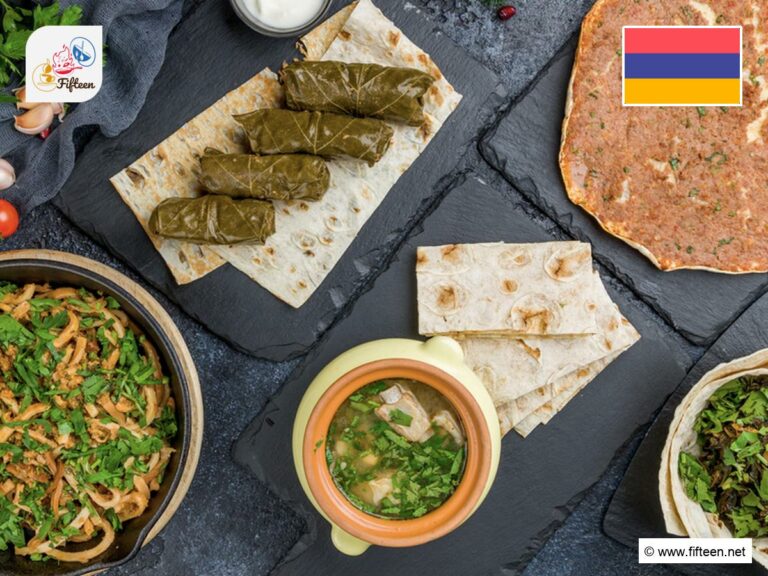
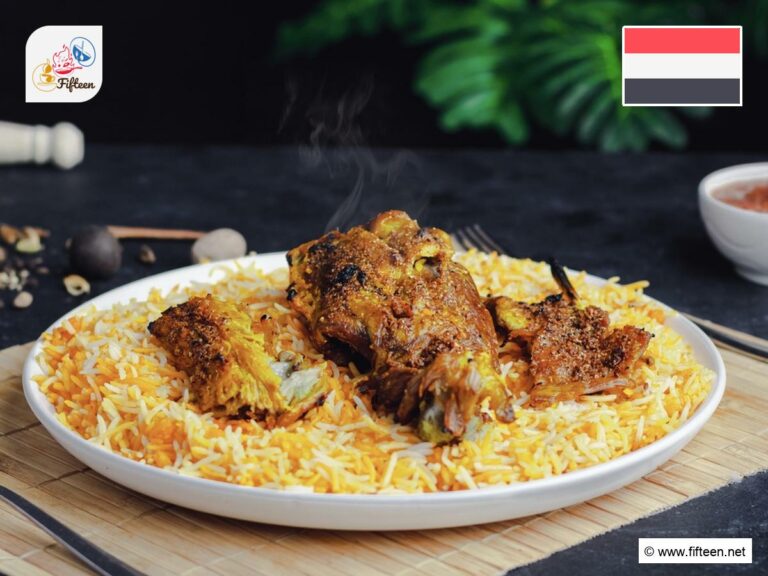
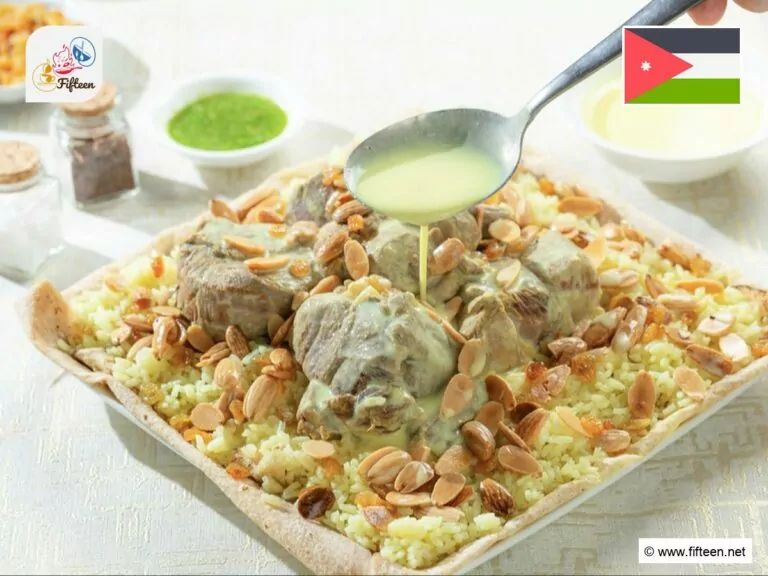
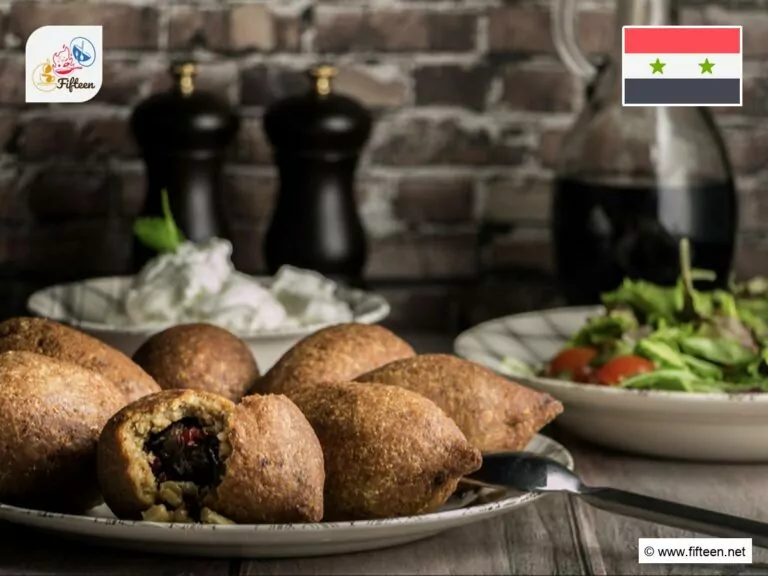
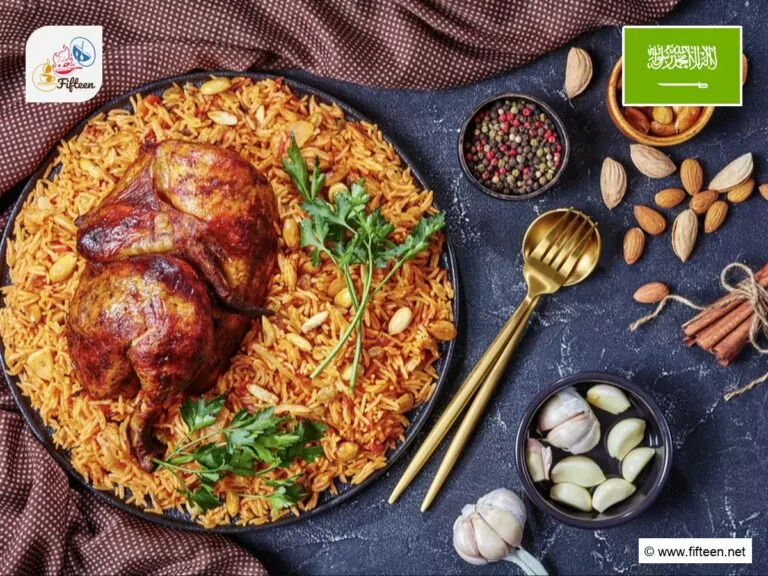
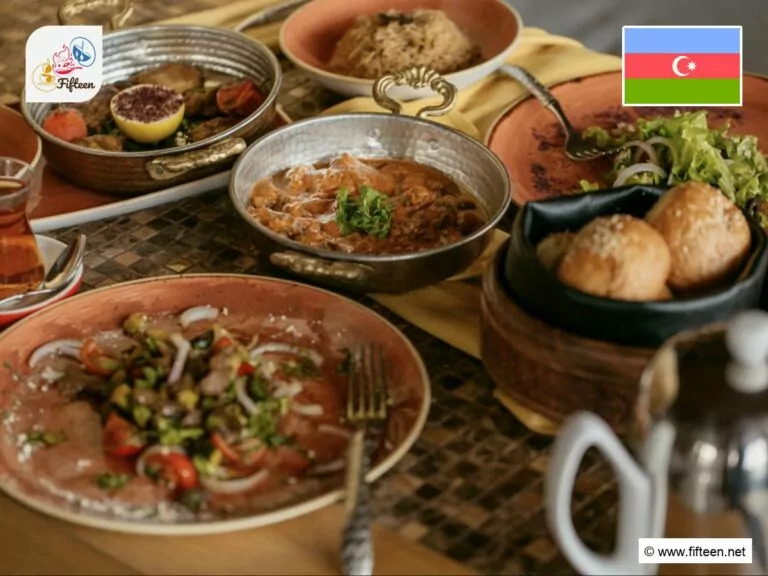
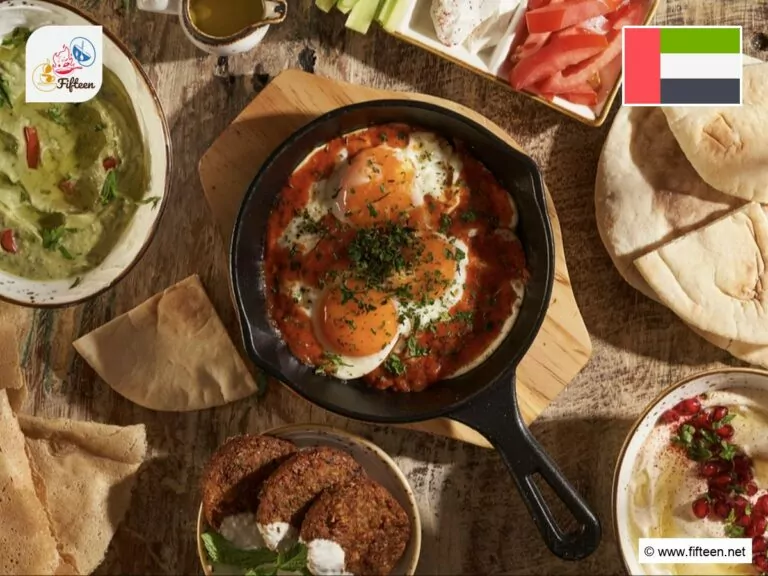
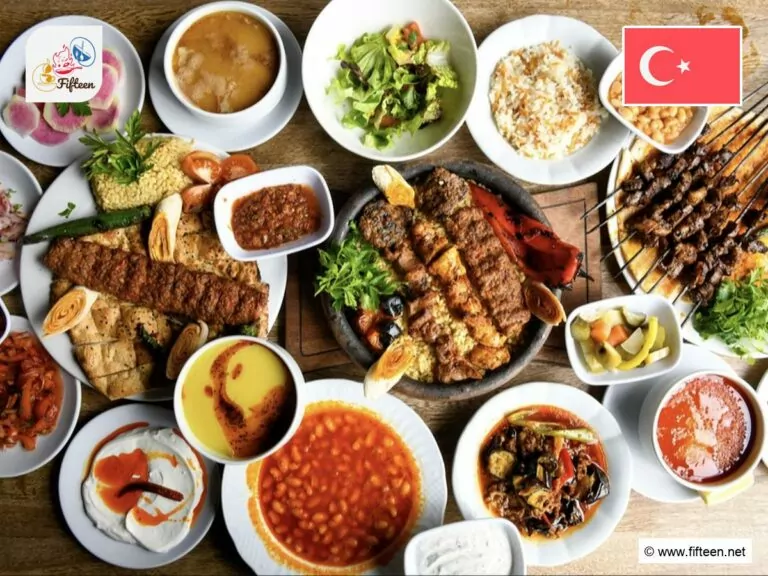
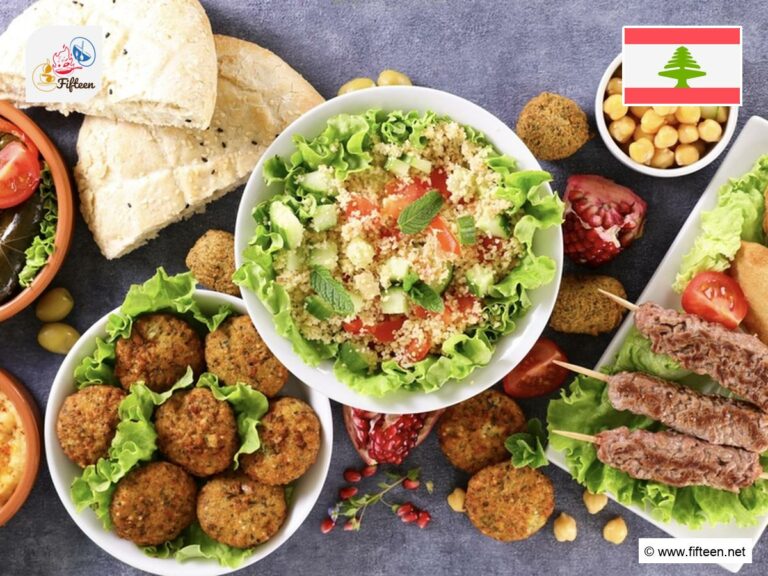
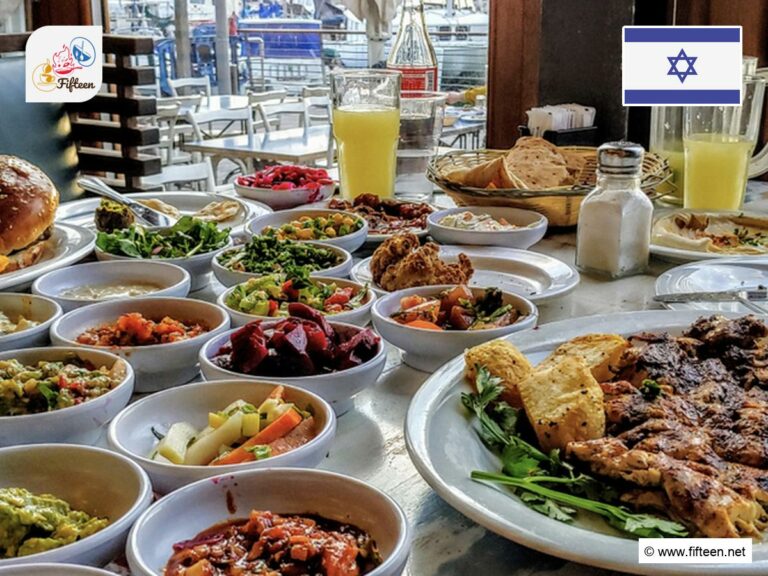
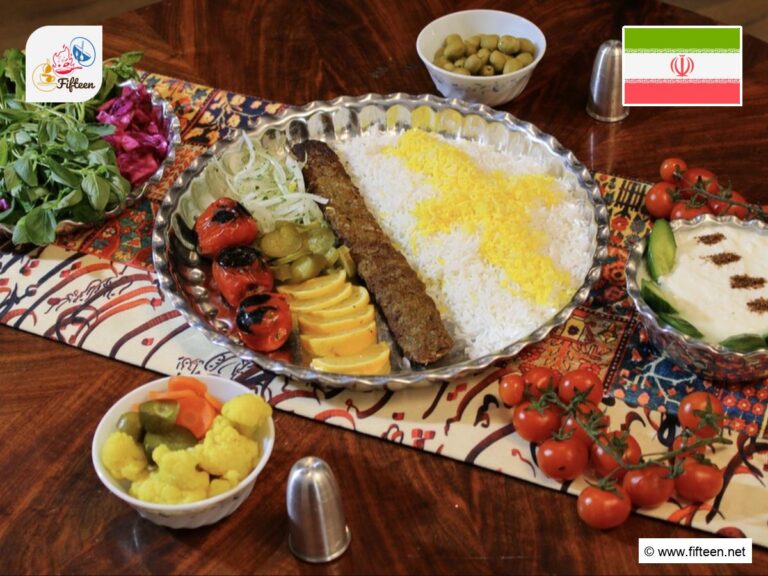
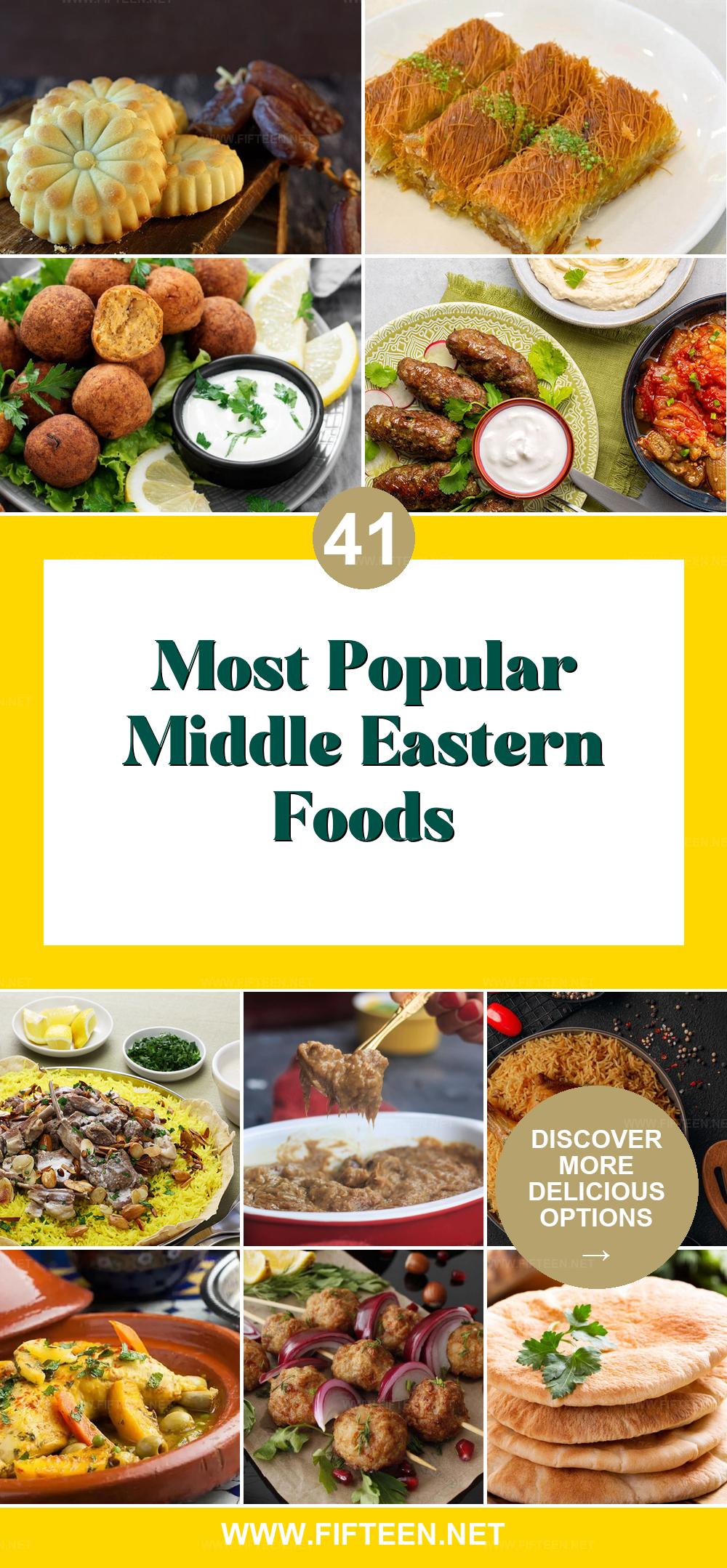
Jamie Scott
Editor in Chief, Senior Content Writer
Expertise
Home Cooking, Meal Planning, Recipe Development, Baking and Pastry, Food Editor, Cooking-video Maker, Western Food Evaluation Expert
Education
Le Cordon Bleu College of Culinary Arts
Local Community College, New York, NY
Jamie Scott is a skilled culinary expert and content creator specializing in Western cuisine. With over 15 years in the culinary field and formal training from Le Cordon Bleu, Paris, Jamie deeply understands how to blend nutrition with delicious flavors. His passion for cooking matches his commitment to making healthy eating accessible and enjoyable.
On Fifteen.net, Jamie brings a fresh perspective to classic dishes and beverages, offering readers insightful recipes, cooking tips, and a fresh view on meal planning that emphasizes taste, health, and simplicity.